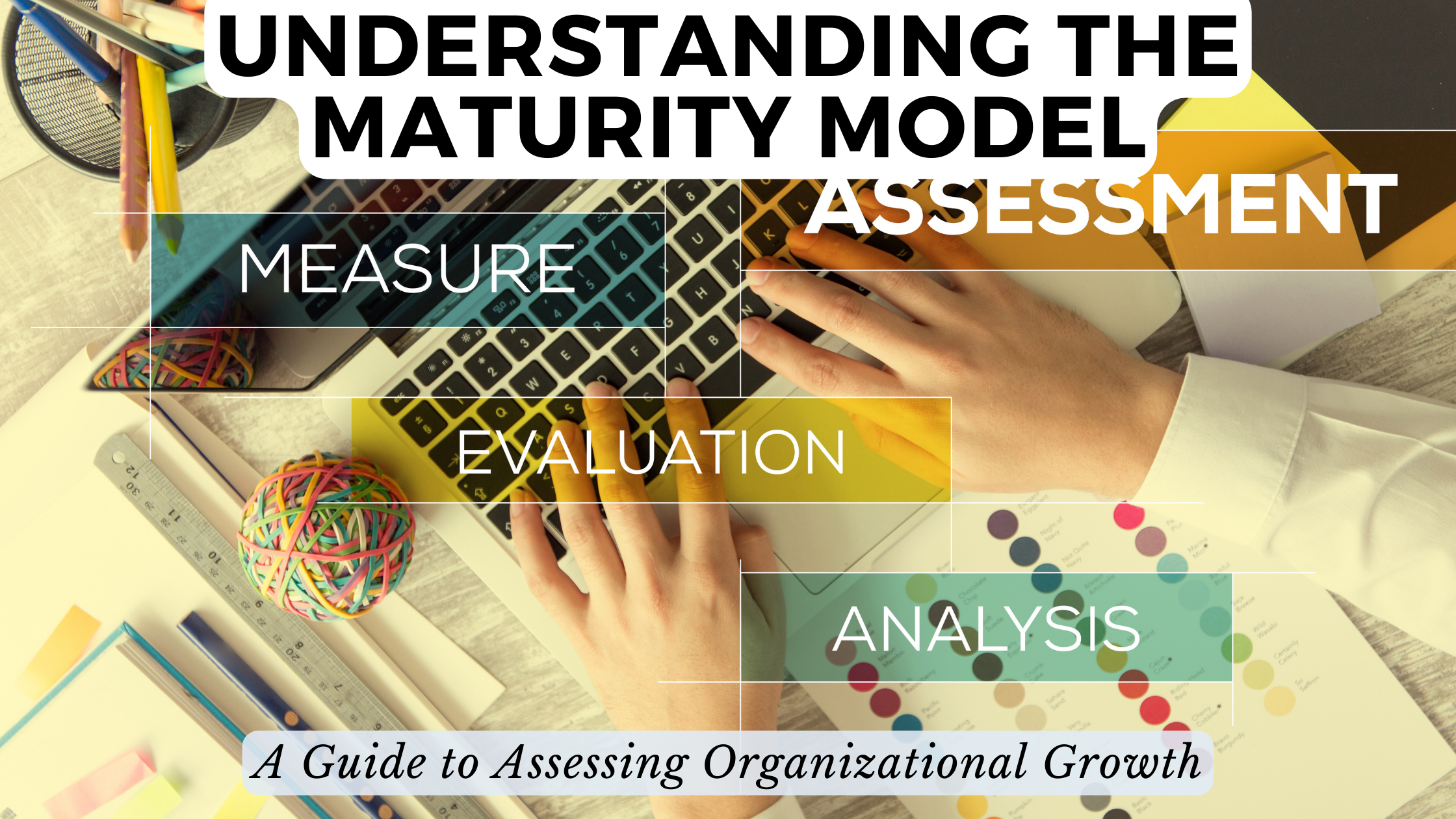Understanding the Maturity Model: A Guide to Assessing Organizational Growth
- Expense Management Software Credit Cards Investing Business Solutions


Understanding the Maturity Model: A Guide to Assessing Organizational Growth
In the ever-evolving landscape of business, assessing organizational growth is a critical aspect of strategic planning. The Maturity Model has emerged as a valuable framework for evaluating and understanding the growth stages of an organization. This comprehensive guide aims to unravel the intricacies of the Maturity Model, offering insights and solutions for businesses seeking to navigate their growth journey effectively.
Decoding the Maturity Model
1. Introduction to the Maturity Model
The Maturity Model is a structured framework that helps organizations assess and understand their current capabilities, identify areas for improvement, and plan for future growth. It provides a roadmap for organizational development, offering a clear progression through different maturity stages.
2. Key Components of the Maturity Model
- Initial Stage: Organizations are in the early phase, often characterized by ad-hoc processes and reactive decision-making.
- Repeatable Stage: Processes become more defined, and there is a focus on consistency and efficiency.
- Defined Stage: Clear processes and standards are established, paving the way for proactive management and optimization.
- Managed Stage: Organizations implement metrics and performance indicators, enabling better control and measurement of processes.
- Optimized Stage: Continuous improvement becomes a cultural norm, with a focus on innovation and excellence.
3. Assessing Organizational Maturity
To assess organizational maturity, businesses must evaluate key areas such as leadership, processes, technology, and human resources. This assessment provides a holistic view of the organization’s strengths and weaknesses, guiding strategic planning.
4. Benefits of Implementing the Maturity Model
- Strategic Planning: The Maturity Model assists in creating a roadmap for strategic planning aligned with the organization’s growth objectives.
- Risk Management: By identifying areas of weakness, organizations can proactively manage and mitigate risks, ensuring resilience in the face of challenges.
- Resource Optimization: Understanding maturity levels enables efficient resource allocation, maximizing productivity and minimizing waste.
Relevant SaaS Products for Maturity Model Implementation
1. Asana
Asana is a project management tool that aids in establishing repeatable processes and optimizing task management, crucial in the Repeatable and Defined stages of the Maturity Model.
2. Jira
Jira, an Atlassian product, is designed for Managed and Optimized stages, offering robust project management, issue tracking, and advanced reporting capabilities.
3. Oracle ERP Cloud
Oracle ERP Cloud is suitable for organizations in the Managed and Optimized stages, providing a comprehensive suite for enterprise resource planning and financial management.
4. Workday
Workday is an HR and finance software designed for organizations in the Managed and Optimized stages, offering streamlined processes for human capital management.
5. Tableau
Tableau, a data visualization tool, is beneficial in the Optimized stage, enabling organizations to derive actionable insights from their data.
Conclusion
In conclusion, understanding the Maturity Model is pivotal for organizations aspiring for sustained growth. By leveraging this guide and integrating relevant SaaS tools, businesses can embark on a journey of continuous improvement, ensuring they are well-positioned for success at every stage of their maturity.
As organizations implement the Maturity Model, effective SaaS stack management becomes paramount. Subscribed.FYI emerges as a valuable ally, simplifying the process of understanding, comparing, and managing SaaS tools. Sign up for free to unlock exclusive deals and gain insights into optimizing your SaaS subscriptions.
Relevant Links:











